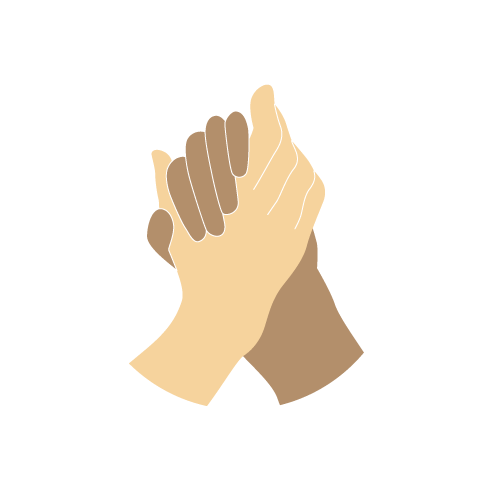‘A‘ohe hala ‘ula i ka pō (1)
No hala fruit shows its color in the darkness of night
[Beauty must be seen to be enjoyed]“The Pacific is the battlefield. The Pacific people are the pawns.” (2)
Pre-launch Checklist
What do I need to think about during this module?
- Why and how does stereotyping happen?
- What does unsafe care mean?
- What is cultural trauma? Is it an obvious insult seen in people?
- Am I familiar with the term “white privilege”?
By the end of this module, you will be able to...
- Distinguish thought processes from those other than Pacific in origin
- Distinguish how non-Pacific thought processes have impact on Pacific ways
- Define “otherness” and “essentialization”
- Recognize situations of potential harm and unsafe practices from a Pacific cultural perspective
- Describe how and why the concept of Cultural Competency was developed
- Describe how cultural competency is used in research and health interventions
- Discuss models of cultural competency - their strengths and weaknesses
(1)Pukui, M. K., & Varez, D. (1983). ‘Ōlelo No‘eau: Hawaiian proverbs & poetical sayings [137]. Honolulu, Hawai’i: Bishop Museum Press.
(2)dé Ishtar, Z. (1994). Daughters of the Pacific (p. 6). Victoria, Australia. Spinifex Press Pty Ltd.
